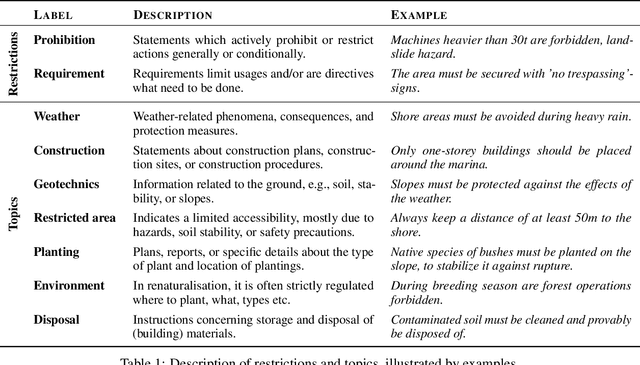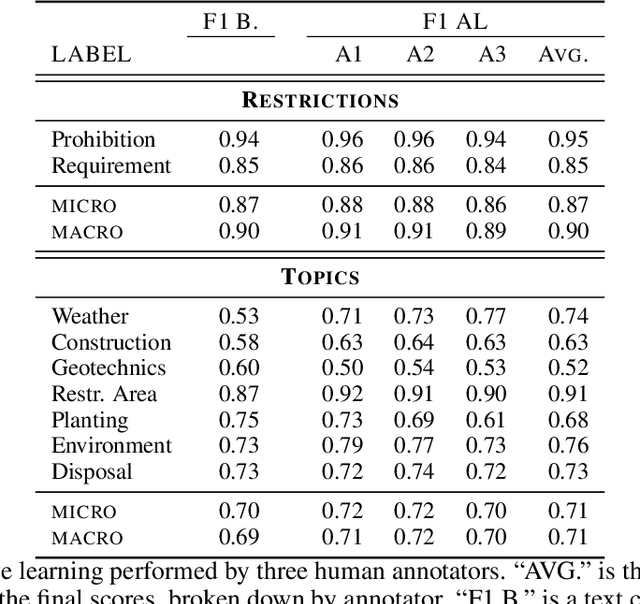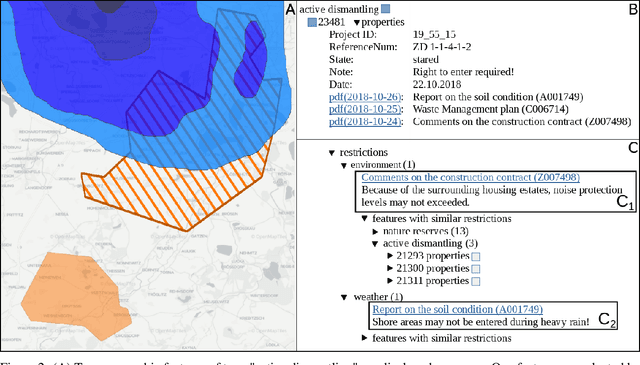Lydia Müller
Small-text: Active Learning for Text Classification in Python
Jul 21, 2021

Abstract:We present small-text, a simple modular active learning library, which offers pool-based active learning for text classification in Python. It comes with various pre-implemented state-of-the-art query strategies, including some which can leverage the GPU. Clearly defined interfaces allow to combine a multitude of such query strategies with different classifiers, thereby facilitating a quick mix and match, and enabling a rapid development of both active learning experiments and applications. To make various classifiers accessible in a consistent way, it integrates several well-known machine learning libraries, namely, scikit-learn, PyTorch, and huggingface transformers -- for which the latter integrations are available as optionally installable extensions. The library is available under the MIT License at https://github.com/webis-de/small-text.
Mining Legacy Issues in Open Pit Mining Sites: Innovation & Support of Renaturalization and Land Utilization
May 13, 2021



Abstract:Open pit mines left many regions worldwide inhospitable or uninhabitable. To put these regions back into use, entire stretches of land must be renaturalized. For the sustainable subsequent use or transfer to a new primary use, many contaminated sites and soil information have to be permanently managed. In most cases, this information is available in the form of expert reports in unstructured data collections or file folders, which in the best case are digitized. Due to size and complexity of the data, it is difficult for a single person to have an overview of this data in order to be able to make reliable statements. This is one of the most important obstacles to the rapid transfer of these areas to after-use. An information-based approach to this issue supports fulfilling several Sustainable Development Goals regarding environment issues, health and climate action. We use a stack of Optical Character Recognition, Text Classification, Active Learning and Geographic Information System Visualization to effectively mine and visualize this information. Subsequently, we link the extracted information to geographic coordinates and visualize them using a Geographic Information System. Active Learning plays a vital role because our dataset provides no training data. In total, we process nine categories and actively learn their representation in our dataset. We evaluate the OCR, Active Learning and Text Classification separately to report the performance of the system. Active Learning and text classification results are twofold: Whereas our categories about restrictions work sufficient ($>$.85 F1), the seven topic-oriented categories were complicated for human coders and hence the results achieved mediocre evaluation scores ($<$.70 F1).
 Add to Chrome
Add to Chrome Add to Firefox
Add to Firefox Add to Edge
Add to Edge